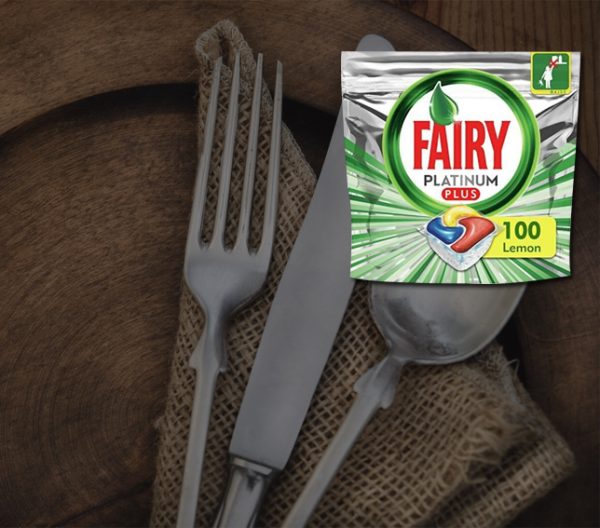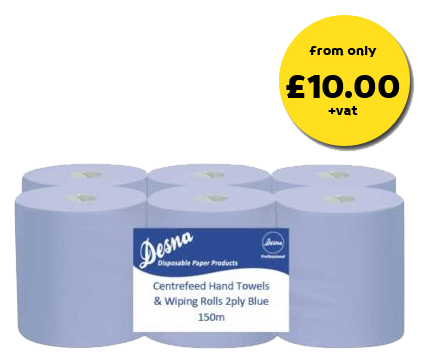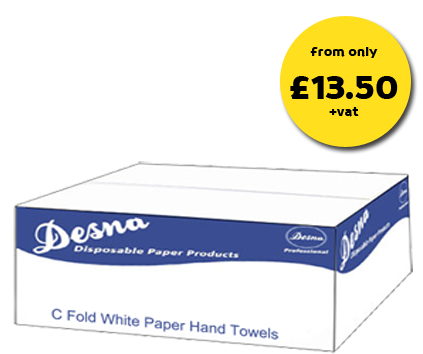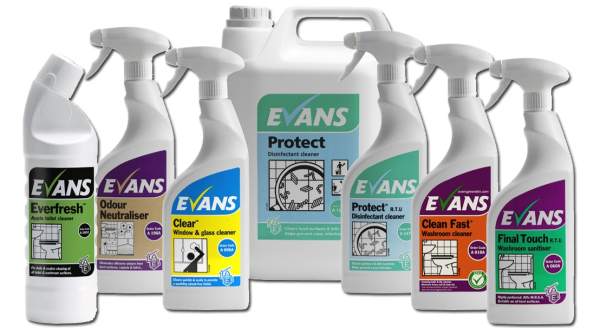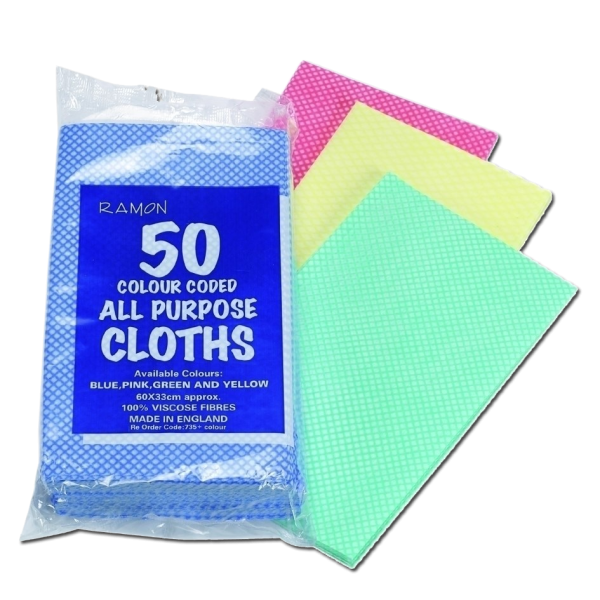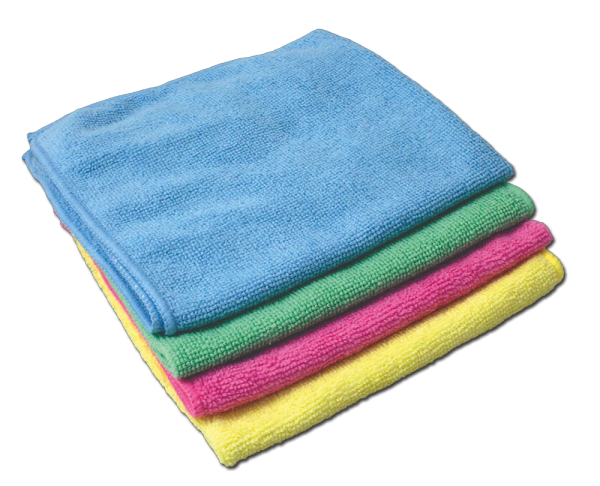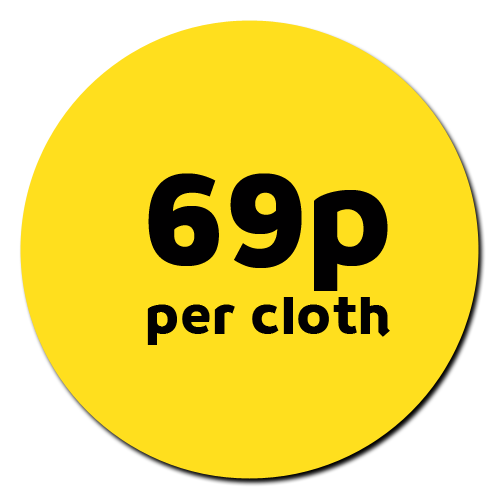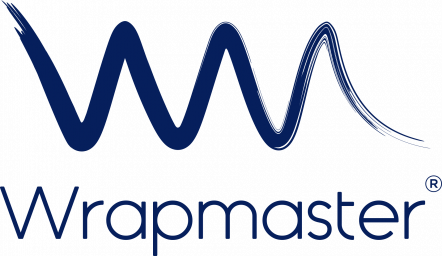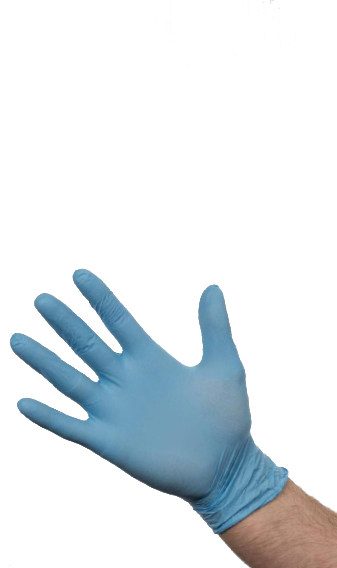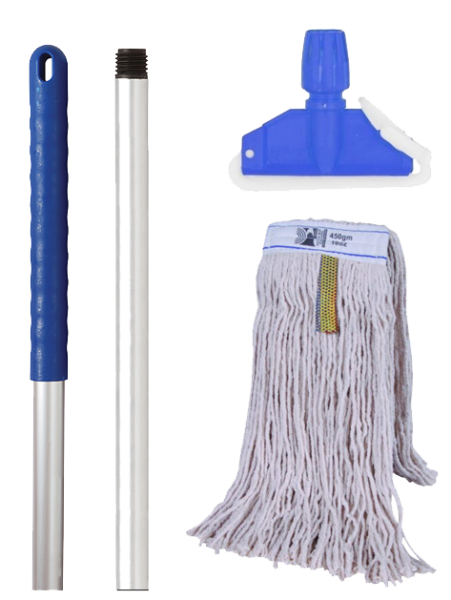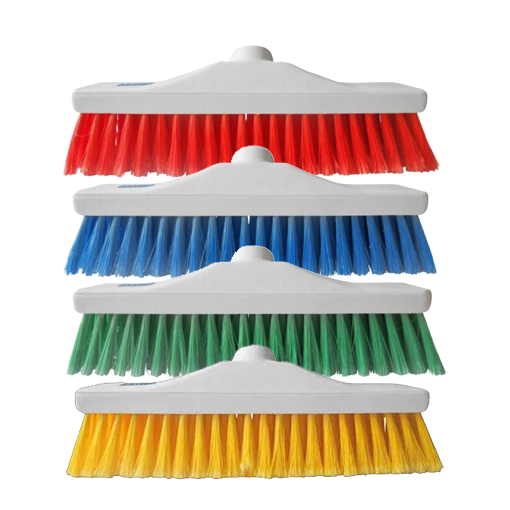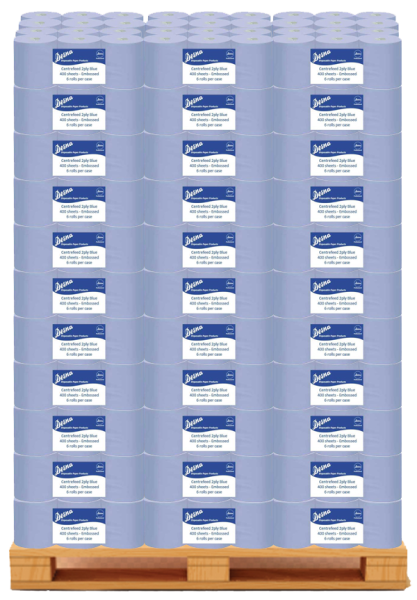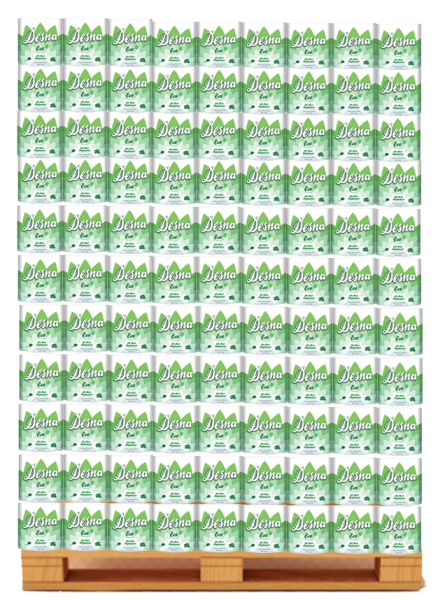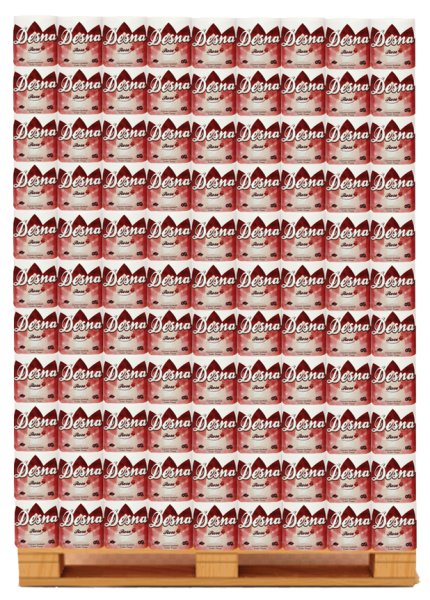The Benefits of Colour Coded Trigger Spray Bottles, Enhance Organization and Safety.
Colour Coded Systems. In the realm of cleanliness and organisation, every detail counts. Whether you’re a professional cleaner, a diligent homeowner, or a facility manager, staying organised and efficient is paramount. One simple yet highly effective tool that often goes overlooked is the color-coded trigger spray bottle. By assigning different colors to various cleaning solutions or substances, you unlock a myriad of benefits that streamline operations and promote safety. Let’s delve into the advantages of incorporating red, blue, green, yellow, and white trigger spray bottles into your cleaning regimen.
- Efficient Identification: Picture a storage closet filled with identical spray bottles, each containing a different cleaning solution. Without labels or colour-coding, identifying the right product can be a time-consuming task. However, with color-coded bottles, you can instantly recognize the contents at a glance. Red for disinfectants, blue for glass cleaners, green for all-purpose cleaners, yellow for specialty solutions, and white for water or neutral substances. This intuitive system saves precious time and minimises errors. Of course, you may have your own system when using different colours in the workplace.
- Prevents Cross-Contamination: Cross-contamination is a significant concern in cleaning procedures, especially in environments where hygiene is critical, such as hospitals or food processing facilities. By assigning specific colors to different areas or types of cleaning tasks, you reduce the risk of spreading germs or chemicals inadvertently. For instance, using red bottles exclusively for washroom cleaners ensures that these harsh chemicals never come into contact with surfaces in food preparation areas.
- Enhanced Safety: Color-coded trigger spray bottles contribute to a safer working environment. Imagine a scenario where a janitor accidentally grabs a bottle of bleach instead of a mild detergent due to unclear labeling. Such mistakes can have severe consequences. However, with distinct colours associated with specific products, the likelihood of such errors decreases significantly, promoting safety for both users and occupants of the space being cleaned.
- Facilitates Training and Compliance: When training new staff or ensuring compliance with cleaning protocols, simplicity is key. Color-coded spray bottles simplify training procedures by providing a visual cue that is easy to understand and remember. New employees can quickly grasp which color corresponds to which cleaning task, reducing the learning curve and promoting consistency in cleaning standards.
- Promotes Organisation and Aesthetics: Beyond their functional benefits, color-coded trigger spray bottles contribute to a more organized and visually appealing cleaning environment. Neatly arranged bottles of various colors not only convey professionalism but also make the workspace more inviting. Additionally, organized storage of color-coded bottles minimizes clutter and ensures that cleaning supplies are readily accessible when needed.

What are the recommended uses for colour coding in the UK?
In the UK, color coding is widely used across various industries to enhance organisation, safety, and efficiency. Here are some recommended uses for color coding:
- Cleaning and Hygiene: In commercial cleaning settings, color coding is paramount to prevent cross-contamination and ensure hygiene standards. The British Institute of Cleaning Science (BICSc) recommends a color-coded system for cleaning cloths, mop heads, and cleaning equipment to designate specific areas or tasks. For example:
- Red: Used for high-risk areas such as washrooms and toilets.
- Blue: Designated for general lower-risk areas such as offices and classrooms.
- Green: Reserved for kitchen and food preparation areas.
- Yellow: Used for clinical or medical areas to indicate caution.
- White: Typically used for sanitary areas or areas requiring a neutral cleaning solution.
- Food Safety: In food handling and preparation facilities, color coding helps prevent cross-contamination and ensures compliance with hygiene regulations. Food businesses often employ color-coded chopping boards, utensils, and storage containers to segregate different types of food and prevent allergen contamination. For instance:
- Red: Used for raw meat to signify high-risk items.
- Blue: Reserved for raw fish to prevent cross-contamination.
- Green: Designated for fruit and vegetables.
- Yellow: Used for cooked meats to distinguish them from raw products.
- White: Often used for bakery and dairy products.
- Healthcare and Hospitals: In healthcare settings, color coding plays a vital role in infection control and patient safety. The National Health Service (NHS) recommends color-coded systems for various purposes, including:
- Red: Used for hazardous materials or waste.
- Blue: Designated for general cleaning and non-clinical areas.
- Green: Reserved for clinical equipment and patient care items.
- Yellow: Used for isolation and infectious materials to indicate caution.
- White: Often used for linens and bedding.
- Waste Management: Colour coding is employed in waste management to segregate different types of waste and promote recycling. The Waste (England and Wales) Regulations 2011 require businesses to segregate waste streams, and color coding aids in compliance. Common colour codes for waste bins include:
- Red: Non-recyclable general waste.
- Blue: Recyclable materials such as paper, cardboard, and plastic.
- Green: Garden waste for composting.
- Brown: Food waste for composting or anaerobic digestion.
- Grey: Glass waste for recycling.
- Industrial Safety: In industrial settings, color coding is utilised to convey information and promote safety awareness. This includes:
- Red: Signifies danger or prohibited areas.
- Yellow: Indicates caution or warning.
- Green: Signifies safety or emergency equipment.
- Blue: Designates mandatory action or information signs.
- White: Often used for general information or directional signage.
By implementing a consistent and standardized colour coded system tailored to specific needs and regulations, businesses and organizations in the UK can enhance efficiency, reduce the risk of errors, and promote a safer and more hygienic environment for employees and the public alike.
Clear labeling of color-coded trigger spray bottles is crucial for several reasons.
- Preventing Confusion: Clear labeling ensures that users can easily identify the contents of each bottle at a glance. Without proper labeling, there’s a risk of confusion, leading to the wrong cleaning solution being used for a particular task. This can result in ineffective cleaning or even damage to surfaces.
- Enhancing Safety: Labeling helps to prevent accidents and promote safety in the workplace. Certain cleaning solutions may contain hazardous chemicals that require specific handling procedures. Clear labeling informs users of the contents and any associated safety precautions, reducing the risk of accidental exposure or misuse.
- Facilitating Training and Compliance: Proper labeling is essential for training new staff members and ensuring compliance with cleaning protocols. Clear, consistent labeling helps to communicate the color-coding system effectively, allowing employees to understand which colors correspond to specific cleaning tasks or areas. This promotes consistency and adherence to established cleaning procedures.
- Minimizing Cross-Contamination: Labeling reinforces the color-coded system’s purpose, which is to prevent cross-contamination between different areas or surfaces. When bottles are clearly labeled with their designated uses, users are less likely to inadvertently mix or misuse cleaning solutions, reducing the risk of spreading germs or contaminants.
- Promoting Organization and Efficiency: Well-labeled trigger spray bottles contribute to a more organized and efficient cleaning process. With clear labels indicating the contents of each bottle, users can quickly locate the appropriate solution for their cleaning task without wasting time searching or guessing. This streamlines operations and maximizes productivity.
- Meeting Regulatory Requirements: In certain industries, such as healthcare or food service, clear labeling of cleaning products may be a regulatory requirement. Compliance with these regulations helps businesses maintain hygiene standards, pass inspections, and avoid potential fines or penalties.
Overall, clear labeling of color-coded trigger spray bottles is essential for maintaining a safe, efficient, and compliant cleaning environment. It enables users to quickly and accurately identify the appropriate cleaning solution for each task, thereby promoting effective cleaning practices and minimising the risk of errors or accidents.
In conclusion, the benefits of utilising colour coded trigger spray bottles extend far beyond mere aesthetics. From efficient identification and prevention of cross-contamination to enhanced safety and ease of training, these simple yet ingenious tools play a crucial role in modern cleaning practices. By implementing a colour coded system tailored to your specific needs, you can elevate the effectiveness, efficiency, and overall professionalism of your cleaning operations. So, the next time you reach for a spray bottle, consider the power of color coding in transforming your cleaning routine for the better.

